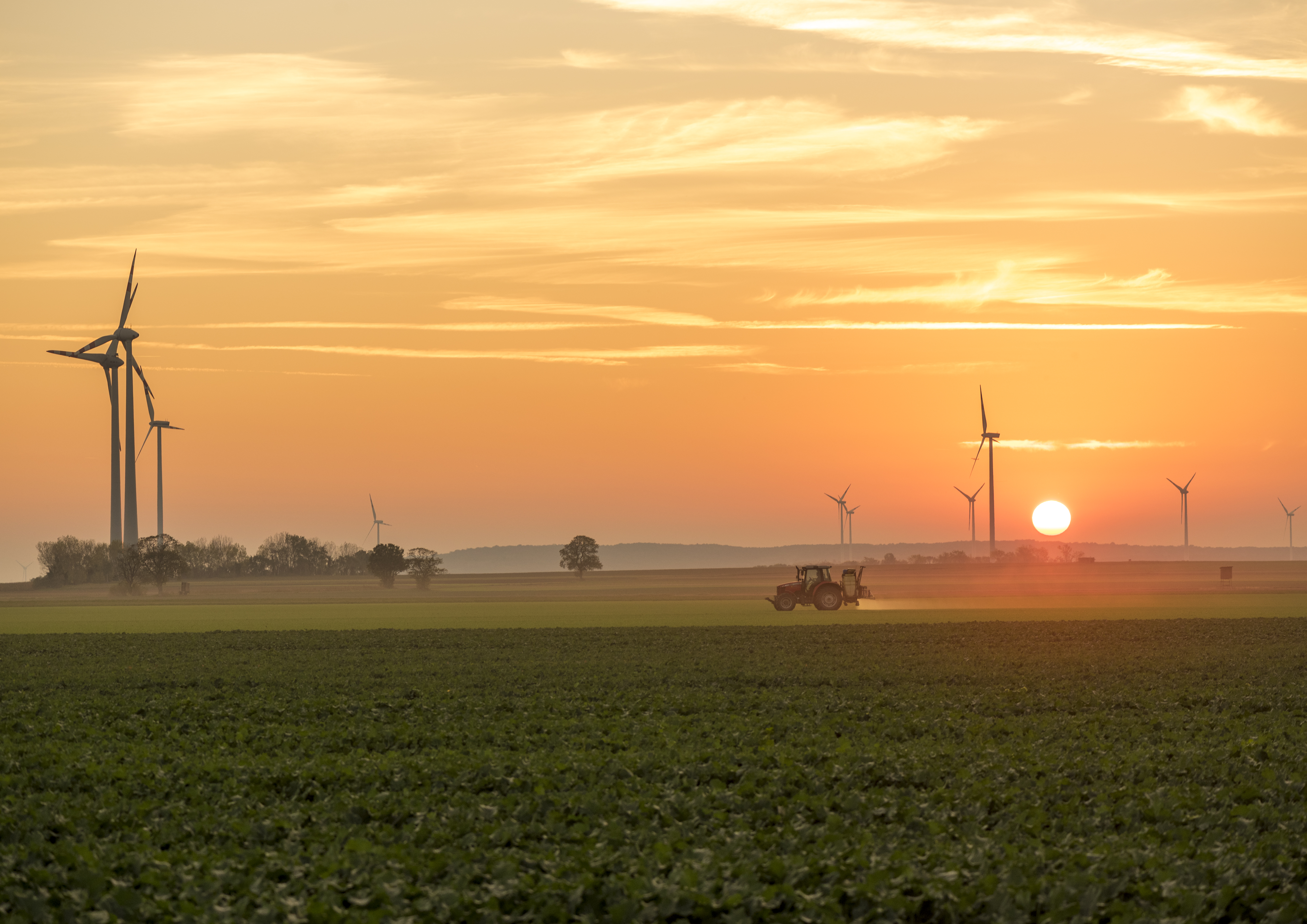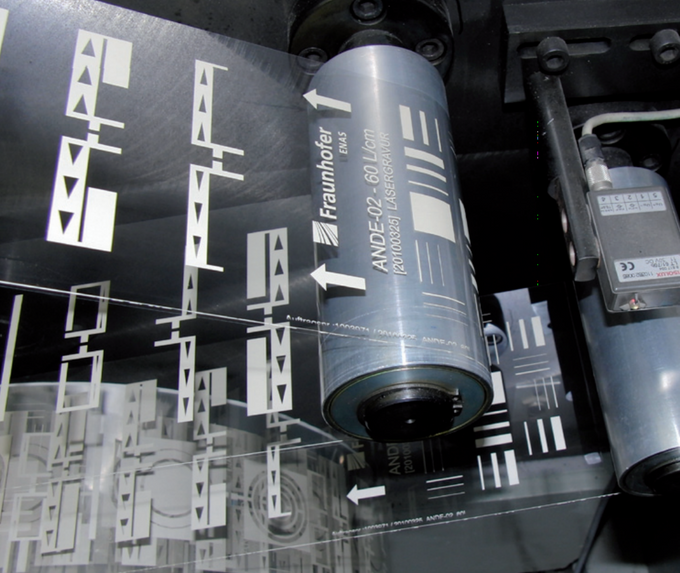Environmentally friendly sensors for smart agriculture
Rising food demand and climate change require increasingly targeted management of agricultural land. Fraunhofer ENAS is working on the development of cost-efficient and eco-friendly sensor systems based on printing technologies and novel sensors.


Challenge: Efficient agriculture for a growing population
A steadily growing global population requires an increasingly efficient agriculture, which enables food supply through high yields in confined areas. At the same time, the challenges for employees in agriculture are rising due to increasing requirements in environmental protection and in dealing with climatic changes. For a successful agriculture, processes must therefore become more automated, more precise and simpler.
Solution: Cost-efficient sensor systems with printed components
Researchers at the Fraunhofer Institute for Electronic Nano Systems ENAS have developed cost-efficiently manufactured and environmentally friendly sensor systems for this purpose, which support the smart monitoring of cultivated areas. The work is based on novel sensors using printing technologies and environmentally friendly or inert materials.
The first development samples were presented in autumn 2019. The sensors consist of an electronic module with a single-chip radio system and sensors for air and soil temperature, an irrigation sensor, a printed antenna and a printed battery enclosed in a plastic-coated cellulose substrate.
For use, the sensors are anchored underground, and the irrigation sensor is hydraulically coupled to the soil matrix. Some of the sensors protrude above the soil surface and house the electronic module and antenna. The currently used radio system ensures direct communication of the data to a gateway installed in the field. The electronic module is assembled with a circuit board made of compostable, cellulose-based material, which, like the antenna, is manufactured using printing technologies. A circuit made of printed primary cells is used as the energy source. These cells consist of superimposed printed carbon, manganese dioxide, zinc and an electrolyte.
A new type of sensor is used to control fertilization and irrigation. This is a measure of the pressure that plant roots have to overcome in order to be able to absorb water from the soil structure. By using printing technologies, the functional materials used here are also produced in micrometer-thin layers in a resource-saving and at the same time cost-efficient manner.
Outlook: Field tests and commercial readiness
In the future, further sensors for nitrogen, light and leaf moisture measurement will be integrated. First samples of the leaf moisture sensor have already been tested. Following field tests, the technology will be further developed to commercial maturity.
Last modified: